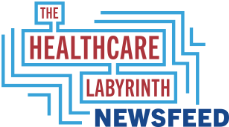More “Retail Meets Healthcare” Investments
Kroger is piloting value-based primary care clinics like many other retailers. The grocery chain will team up with Better Health Group, a provider network, to build out primary care centers. Kroger in-store clinics will be replaced. There is a senior focus.
Walgreens is pulling back on its clinic investments. So, retail healthcare is not without its risks but will continue to grow.
#retailhealthcare #kroger





